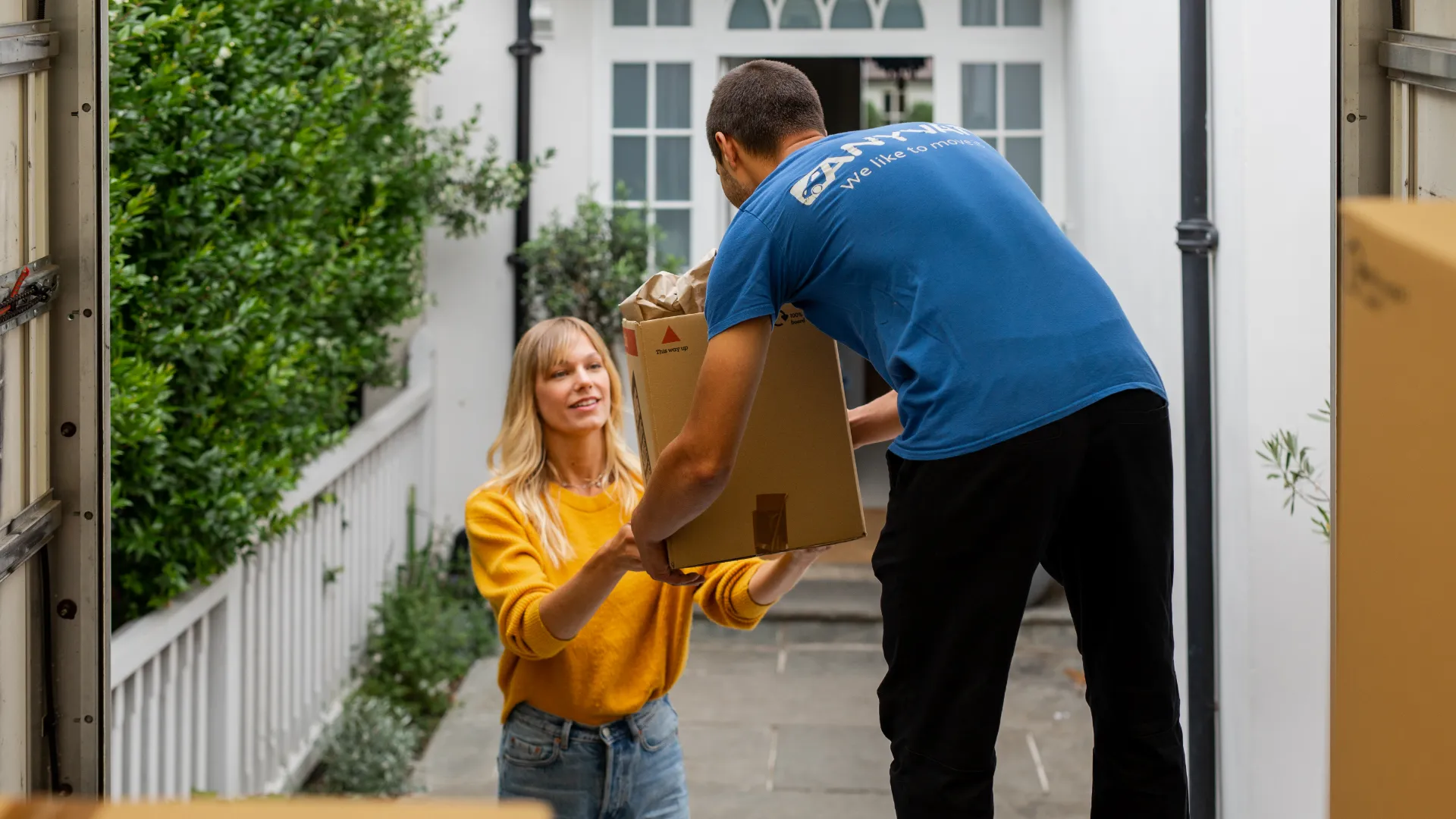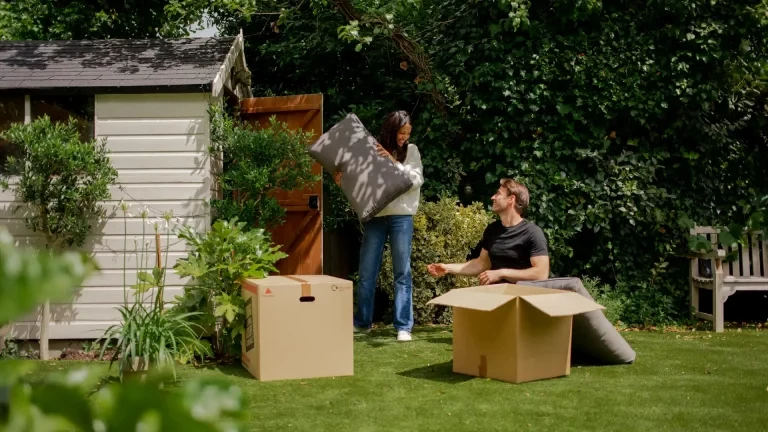How to load a moving van safely
May 3, 2017

May 3, 2017

Transporting goods safely by van requires a little more thought than simply deploying your Tetris skills and driving off. Not only can a proper loading and unloading technique help you maximise space and reduce the risk of damaging goods during a move, it’s also a legal requirement. The Road Traffic Act states that:
“A person is guilty of an offence if they use… a motor vehicle or trailer on the road when… the weight, position or distribution of its load, or the manner in which it is secured, is such that the use of the motor vehicle or trailer involves a danger of injury to any person.”
Common sense goes a long way, but there is something of an art to loading and unloading a van safely: guidance from The Freight Transport Association on the subject runs to 150 pages! Professional movers and loaders, like those who provide our leading man and van service at AnyVan, are trained in this safe work procedure for loading and unloading. They will complete a risk assessment for loading and unloading vehicles to ensure full compliance with insurance regulations.
Choosing a professional man and van service can help save you money, cover your legal responsibility and guarantee your peace of mind. But for those who may be hiring or borrowing a van to perform a home removal or other transport operation themselves, here’s our brief guide and safety checklist for non-professionals on how to load a van safely.


Loading bulky items like drawer units and kitchen appliances allow you to fit all your smaller items around them later, helping you make the most efficient use of your space. As large items are also likely the heaviest items, it can be a good method to prevent damaging fragile items by crushing. Heavy items should also be distributed evenly across the floor surface of your van, ideally across areas that are most structurally sound. Make sure mirrors, shelving or long items are secured along the van wall.
Always load items in rows from the back to the front of the van space, and utilise all space under and inside items like chairs to help restrict the movement of unwieldy small items. Dismantle large items, especially tables, to help lower the centre of gravity of items that are top-heavy. This will also likely make them easier to load/unload. For the same reason, you must be careful not to stack your load too high. Do not exceed your van’s load capacity - it’s set for a reason!
Even if your load is secured, there is always a risk that items might move about on the road. In case they do, you need to protect yourself from being hit by any items - small or large - that could come flying your way. Mesh, netting or a sturdy piece of plywood can easily be put in place to create a separate goods compartment.


Cargo can slide around during the journey, especially if you need to travel over rough or uneven surfaces, which is an opportunity for your goods to get damaged. It can also be a safety concern when it comes to unloading a van if items pile up against the door of the van, or are stacked precariously. Protect fragile and delicate items with moving blankets. Use anchoring points within the van and lashing/tensioning straps to tie items down.
If an external load hangs off the back of your van (NB, this is an exceptional circumstance and we advise against it), ensure it is carefully secured and made visible by affixing high-vis materials to the most protruding points. Likewise, if you’re carrying a particularly heavy or fragile load that requires you to drive more slowly, it can be helpful to indicate this to other drivers. Stickers and posters can be affixed to the back of your vehicle to make sure other drivers know to keep their distance.
No matter what load you’re carrying, driving a van full of goods is different from driving your average family car. If you accelerate too quickly or brake too harshly, items can move about inside. Van drivers must also be aware of the impact a heavy load has on steering, as a heavy load can have the momentum to turn your vehicle more or less than you anticipate.


People can often rush to unload a van, more so than when loading, which is a particularly dangerous practice if you do so in an unsuitable environment. Unload your van in an area free from traffic or other obstructions so you can take your time and not have to worry about causing an inconvenience to others. Choose a flat surface, or place brake chocks under the wheels to secure the van if on an incline.
It’s inevitable that some items will have moved about during the journey. Even if everything appears fine, approach with caution as you may find items have unbalanced themselves and are likely to fall. It’s also good practice to keep an eye out for any broken glass or splinters from damaged items that can cause harm to your hands and feet as you try to unload. Wearing gloves is good practice.
If you begin unloading items without knowing their final destination, you’ll likely cause an obstruction and only end up moving them twice. Equally, it’s not always feasible to move items directly to where they’ll end up. If you’re moving into a new home, for example, you might decide to unload all your furniture into an open garden space before deciding what goes where.
If you need professional assistance, get in touch with the AnyVan team who will be happy to help with your move - and you won't need to worry about loading the van at all!